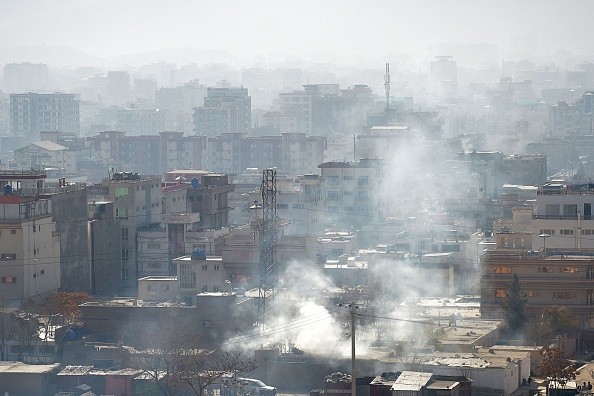According to worldwide research released on Wednesday, airborne remnants of industrial chemicals could possibly change into new substances that are more harmful and persistent than the main pollution.

Danger of Chemical Pollutants
The research published in Nature revealed these initially unknown products in the atmospheres of 18 major cities, including Lagos, New York, Tokyo, and Warsaw, using samples collected worldwide, according to Science Alert.
Toxicology, environmental impact, and how long a pollutant remains in the environment are all taken into account by regulatory rules like those in the Stockholm Convention.
There are a few problems with this technique. It looks at known compounds and doesn't consider how they could change over time.
Laboratory testing and computer simulations are used in this study to develop a new framework for predicting which chemicals will form when substances interact with the atmosphere and how hazardous they will be.
The study's lead author, Environment Canada research scientist John Liggio, collaborated with a team to test the framework with nine typical atmospheric flame retardant chemicals.
To delay the initiation of fire, Liggio said, they are chemicals that are applied to a wide range of materials.
Chemical Pollutants and Their Daughter Chemicals
As these molecules were exposed to oxidants in the air, researchers watched how they altered over time and discovered that they produced 186 different substances.
They detected 19 new substances originating from the five most prevalent flame retardants when comparing them to field samples. There had never been any previous detections of any of the 19 in the surrounding environment.
After that, computer models were performed to determine the compounds' persistence, toxicity, and bioaccumulation.
In other instances, the new substances were found to be 10 times more dangerous than their parent chemicals, with effects on the environment that might endure for decades.
There should be a new way to include transformation products in regular air monitoring programs and to give more priority to transformation products of significant concern, the research concludes.
When it comes to urban air pollution, Liggio added that his team's findings on nine major chemical pollutants and 19 of their daughter compounds represent only a small portion of the bigger picture.
There are likely thousands of different chemicals, he said. Adding that future tests will look at tire chemicals, antioxidants, and other plastic additives.
Beyond the computer simulations used in this study, another objective is to test the toxicity of the pollutants in real-life studies.
Reducing Exposure to Air Pollutants
If you want to safeguard your health against air pollution, you may also make efforts to reduce your exposure.
You may reduce your carbon footprint by sharing a ride to work or using public transit.
Make fewer journeys by combining several tasks. When possible, walk to your errands.
When it's colder at night, fuel up your automobile.
Conserve energy by keeping the temperature of your air conditioners no lower than 78 degrees Fahrenheit (25 Celsius).
Put off or postpone lawn and garden work that necessitates the use of gas-powered equipment.
© 2025 NatureWorldNews.com All rights reserved. Do not reproduce without permission.





